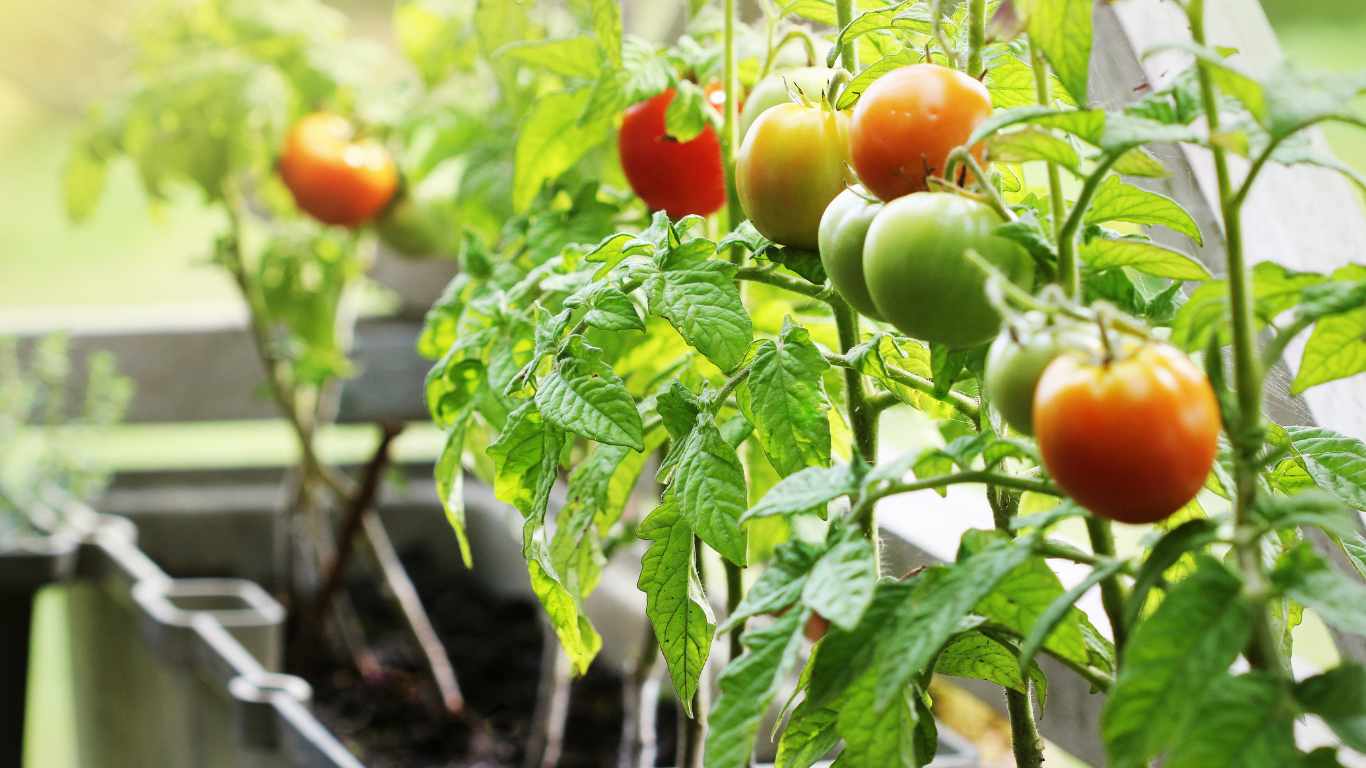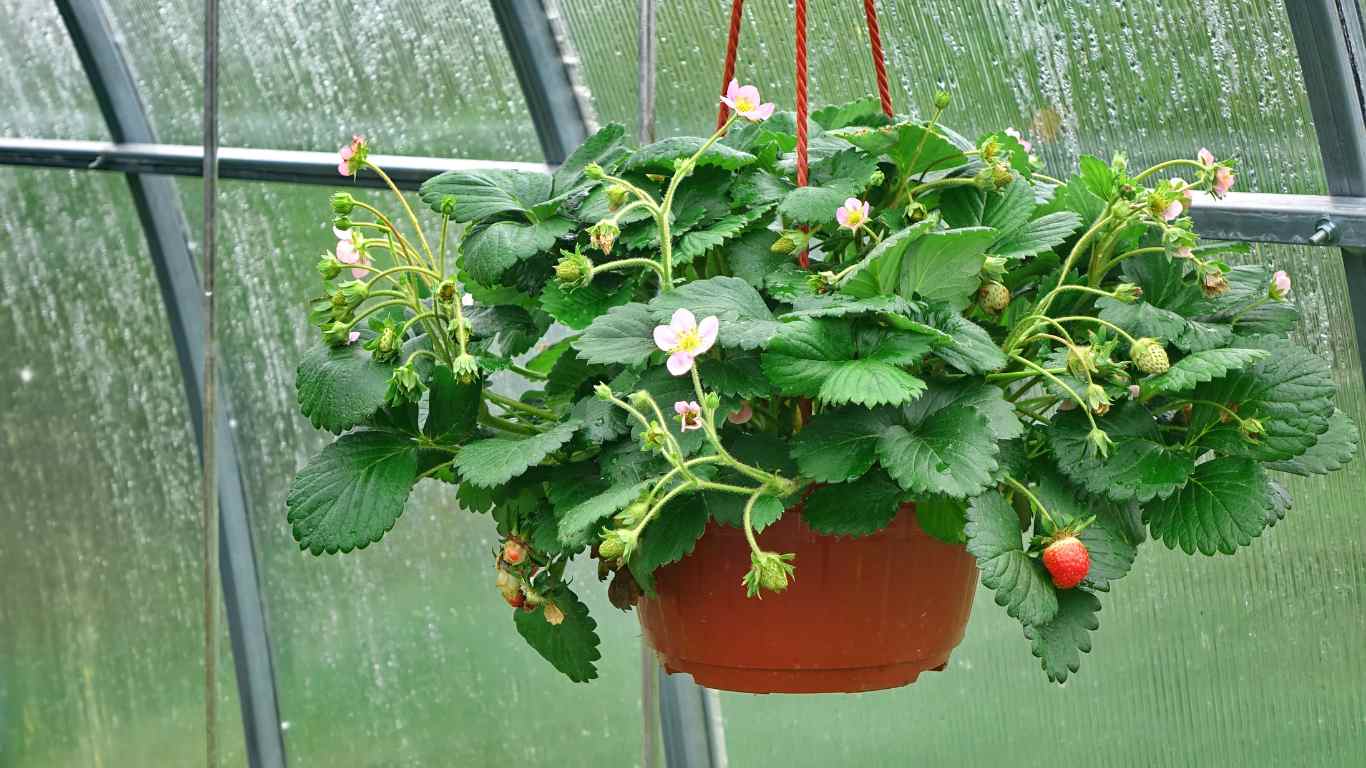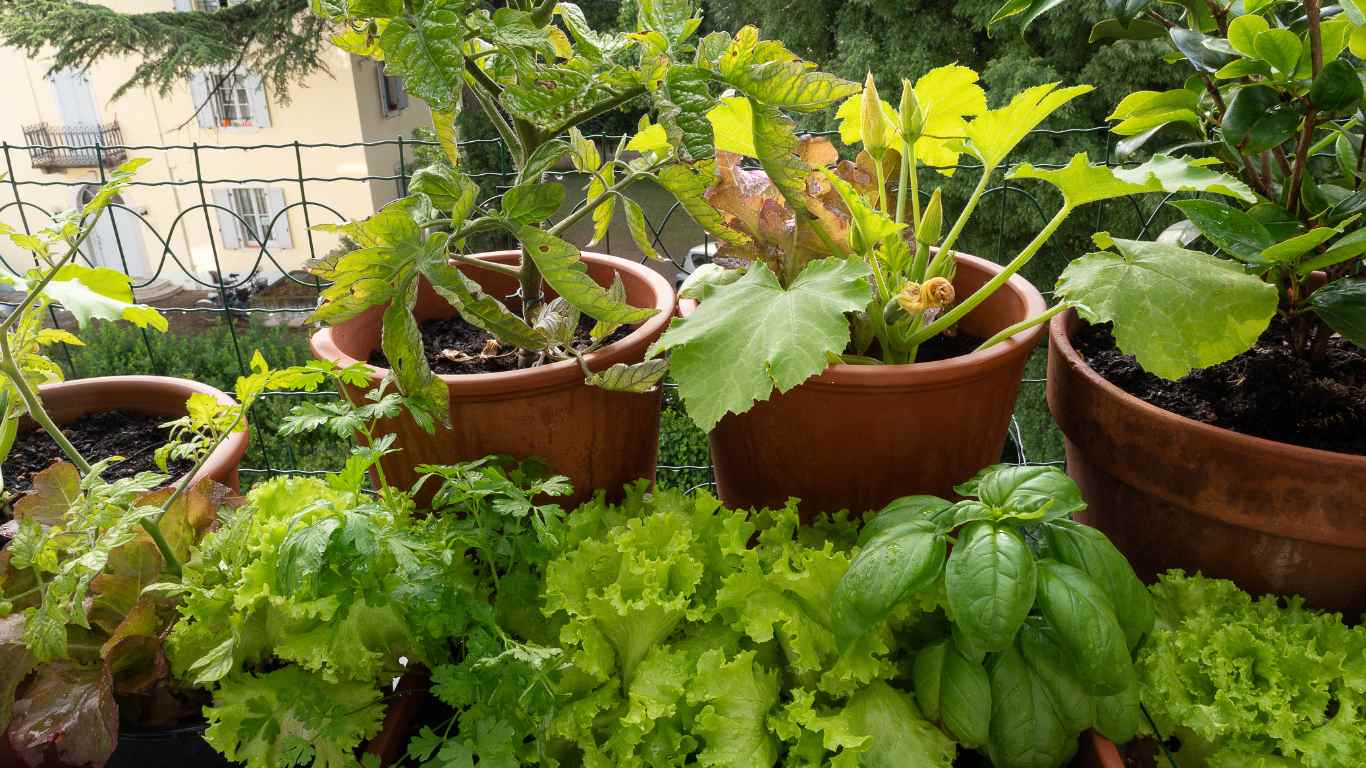Do you dream of harvesting fresh, flavoursome vegetables but feel limited by your small living space?
Fret not! Urban dwellers and space-challenged gardeners alike can indulge in the joys of homegrown produce.
Transforming Small Nooks into Thriving Gardens
You can convert even the tiniest nook into a thriving vegetable garden with a little creativity and resourcefulness. In this article, I’ll unveil a treasure trove of space-saving gardening ideas and tips to help you grow a bountiful harvest in limited areas.
Embrace Container Gardening
When you’re short on space, container gardening is your best friend. The versatility of containers allows you to grow vegetables virtually anywhere, from balconies and windowsills to rooftops and small yards.
Get creative and repurpose everyday objects such as buckets, wooden crates, or old tires as planters. Just make sure your containers have proper drainage holes to prevent waterlogging. Consider the endless possibilities: vibrant cherry tomatoes cascading from hanging baskets, colourful salad greens flourishing in window boxes, or fragrant herbs thriving in recycled cans.

Think Vertically
When horizontal space is at a premium, it’s time to think vertically. Vertical gardening takes advantage of the often-overlooked airspace, allowing you to grow an impressive array of vegetables without sacrificing precious floor area.
Install trellises, fences, or wire mesh against walls or fences to support climbing plants like cucumbers, beans, and peas. They’ll reach for the skies, freeing up valuable ground space for other plants. Try a living wall or a vertical planter system for a stunning display. These innovative solutions transform barren walls into breathtaking tapestries of lush greens.
Fill them with trailing vines, leafy lettuces, or even compact cherry tomato varieties, and watch your garden ascend to new heights.
Harness the Power of Indoor Gardening
If you’re truly limited on outdoor space, don’t despair! Indoor gardening lets you cultivate vegetables right in the comfort of your home. Choose vegetables that thrive indoors, such as leafy greens, herbs, and dwarf tomatoes or peppers. Find a sunny spot near a window, or invest in grow lights to provide your plants with the necessary light energy.
Optimise space by using hanging planters, wall-mounted shelves, or tiered stands to accommodate a variety of plants. Herb gardening is perfect for indoors. Picture this: a vibrant kitchen garden adorned with aromatic basil, fresh chives, and crisp lettuce leaves, all just an arm’s reach away as you prepare your meals. Indoor gardening brings the delights of homegrown vegetables to your fingertips, no matter the size of your living space.
Embrace Compact Varieties
When space is a precious commodity, choose vegetable varieties bred for compact growth. These petite powerhouses pack a punch when it comes to taste and productivity while taking up minimal space. Look for terms like “bush,” “dwarf,” or “compact” when selecting seeds or seedlings.
For example, instead of growing sprawling zucchini plants that can take over your garden, opt for compact bush zucchini varieties that thrive in containers. Similarly, instead of towering tomato plants, go for determinate or patio tomato varieties that stay compact and produce abundant fruit.
Utilise Hanging Gardens
When every square inch counts, don’t forget about the often-neglected overhead space. Hanging gardens are a clever solution that allows you to maximise your vertical real estate. Hang planters from pergolas, trellises, or sturdy hooks and fill them with trailing plants or cascading vegetables.
Imagine juicy strawberries suspended from hanging baskets, cascades of vibrant cherry tomatoes draping from above, or exotic vining vegetables like cucamelons or loofahs adding an intriguing touch to your small garden oasis.

Maximising Productivity and Minimising Pests
Companion planting is a tried-and-true technique that enhances the health and productivity of your vegetable garden while minimising the impact of pests. You can create a harmonious and space-efficient garden by carefully selecting plant combinations that benefit each other.
For instance, plant marigolds alongside your tomatoes to deter nematodes and repel aphids. Grow basil near your peppers to improve their flavour and prevent harmful insects. Intersperse aromatic herbs like thyme, rosemary, or mint throughout your garden to confuse pests and mask the scent of vulnerable vegetables.
By strategically planning your plantings and harnessing the power of companion planting, you’ll optimise your small space and create a thriving ecosystem where vegetables flourish.
Conclusion
With these tips and techniques, you now have a comprehensive toolkit to unlock the full potential of your small space vegetable garden.
By embracing compact varieties, utilising hanging gardens, and integrating companion planting, you’ll further enhance your ability to grow an abundant harvest in limited areas.
Remember, gardening in small spaces requires a touch of ingenuity, a dash of resourcefulness, and a sprinkle of creativity.
With some planning and experimentation, you’ll discover the joy of nurturing your vegetables and reaping the rewards of your labour, even in the smallest of spaces.
So, whether you have a tiny balcony, a cosy urban patio, or just a corner of your living room, don’t let limited space dampen your green dreams.
Embrace the possibilities, get your hands dirty, and watch as your miniature garden oasis flourishes with flavours and colours that will delight your senses.
Now is the time to unleash your green thumb and embark on a journey of discovery, flavour, and self-sufficiency. In this small corner of your world, you can transform a few square feet into a thriving vegetable haven that will feed your body and nourish your soul. Happy gardening!



